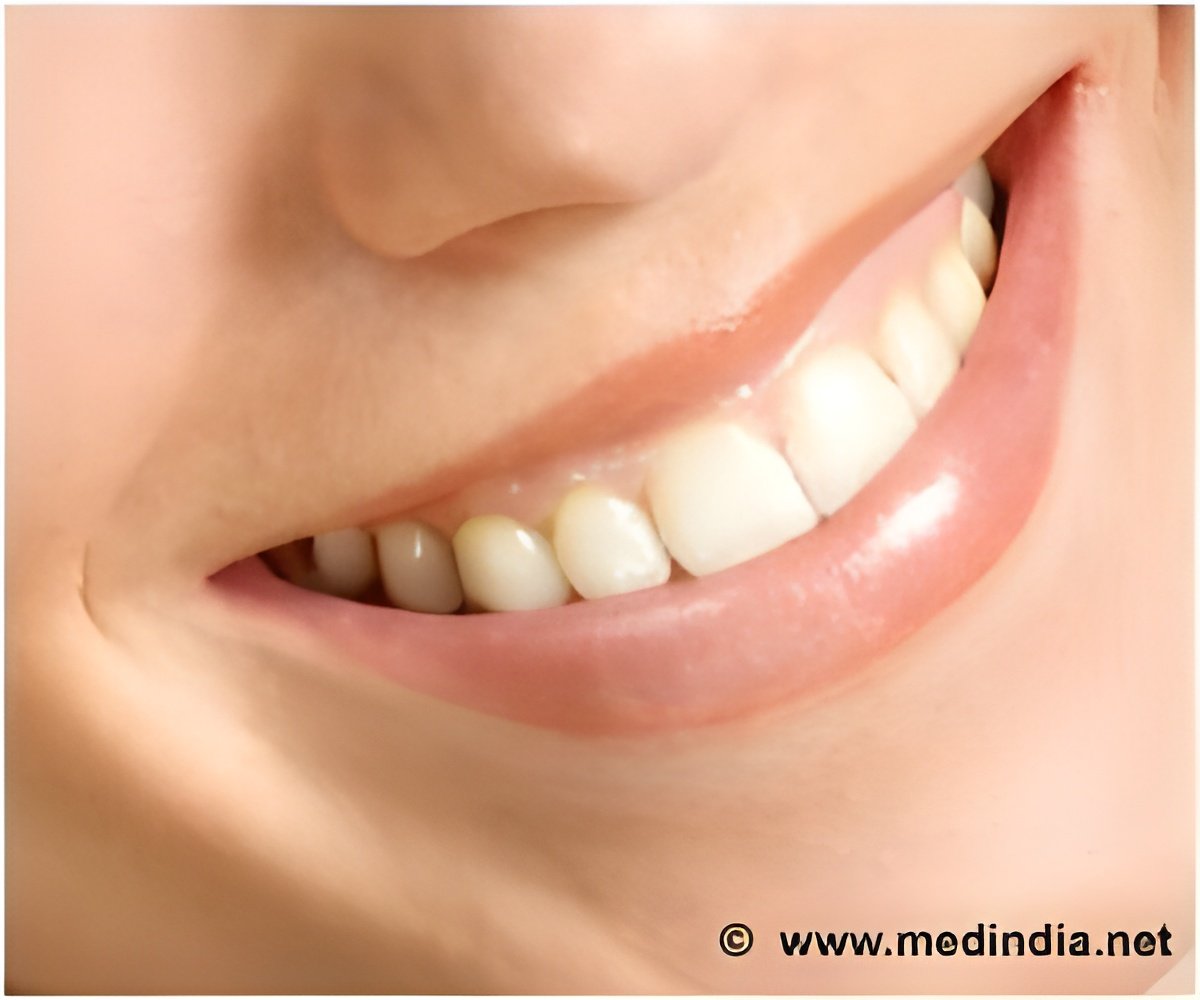Computer-animated 3D faces suggests that less is more for a successful smile, according to a study published June 28, 2017 in the open-access journal PLOS ONE by Nathaniel Helwig.

‘Successful smiles therefore have an optimal balance of teeth, mouth angle and smile extent to hit a smile 'sweet spot'.’





The researchers found that a successful smile - one that is rated effective, genuine and pleasant - may contradict the "more is always better" principle, as a bigger smile which shows more teeth may in fact be perceived less well. Smiles were also rated as more successful if they developed quite symmetrically, with the left and right side of the faces being synced to within 125 milliseconds.According to the authors, using 3D computer amination may help to develop a more complete spatiotemporal understanding of our emotional perceptions of facial expression. Since some people have medical conditions such as stroke which hinder facial expressions, with possible psychological and social consequences, these results could also inform current medical practices for facial reanimation surgery and rehabilitation.
Source-Eurekalert









